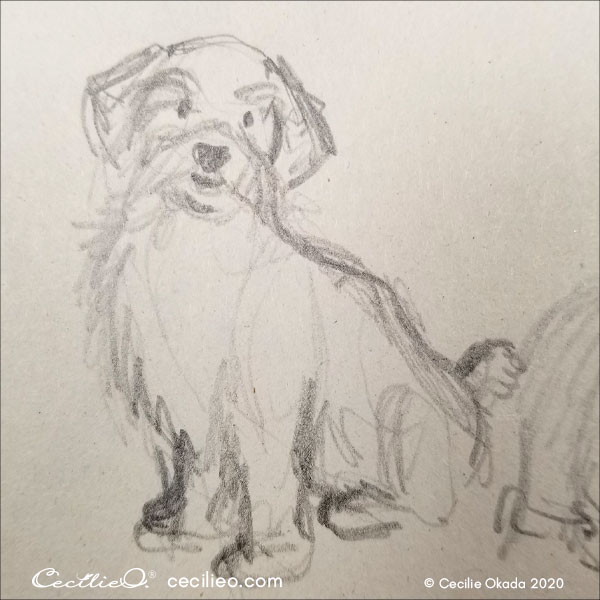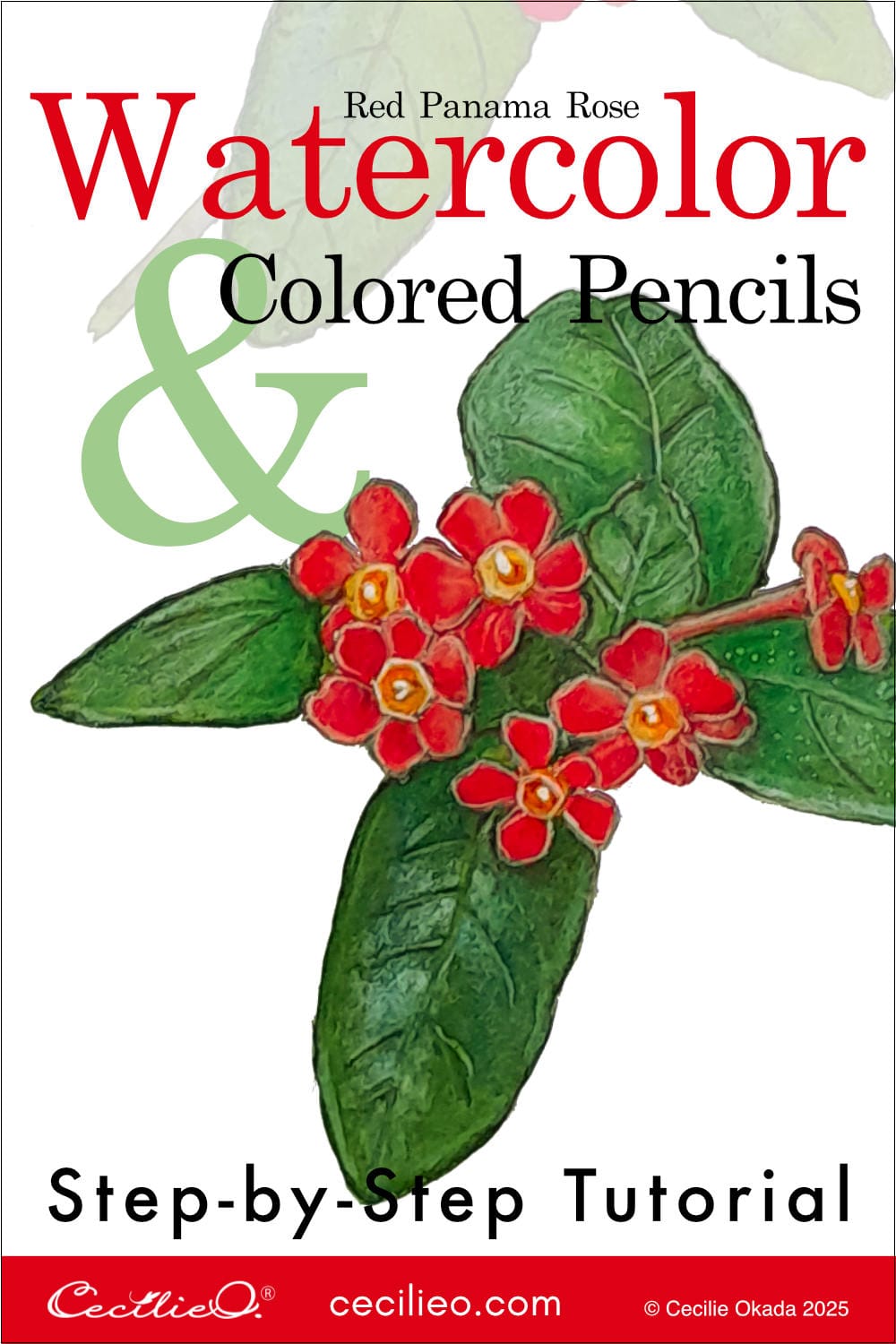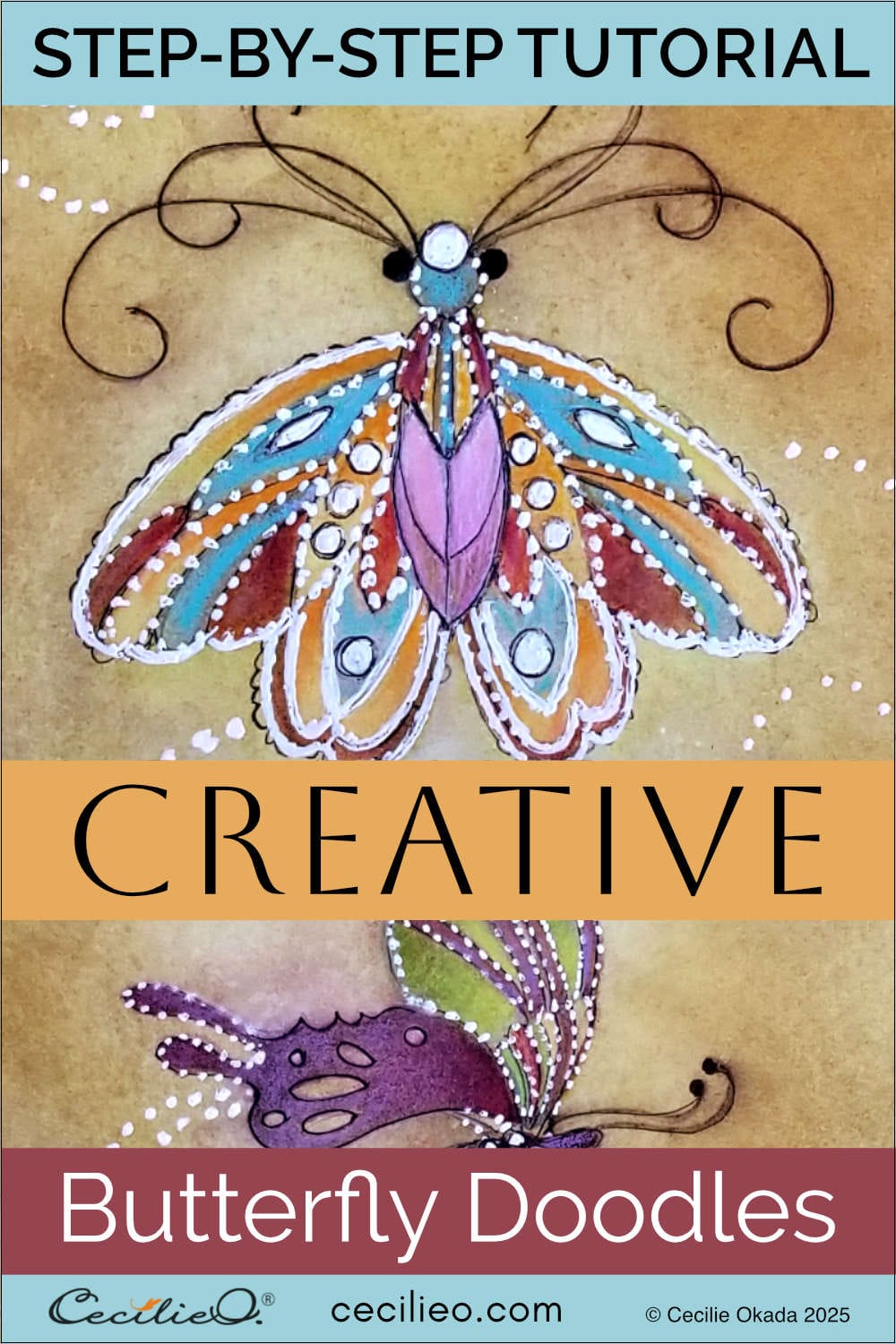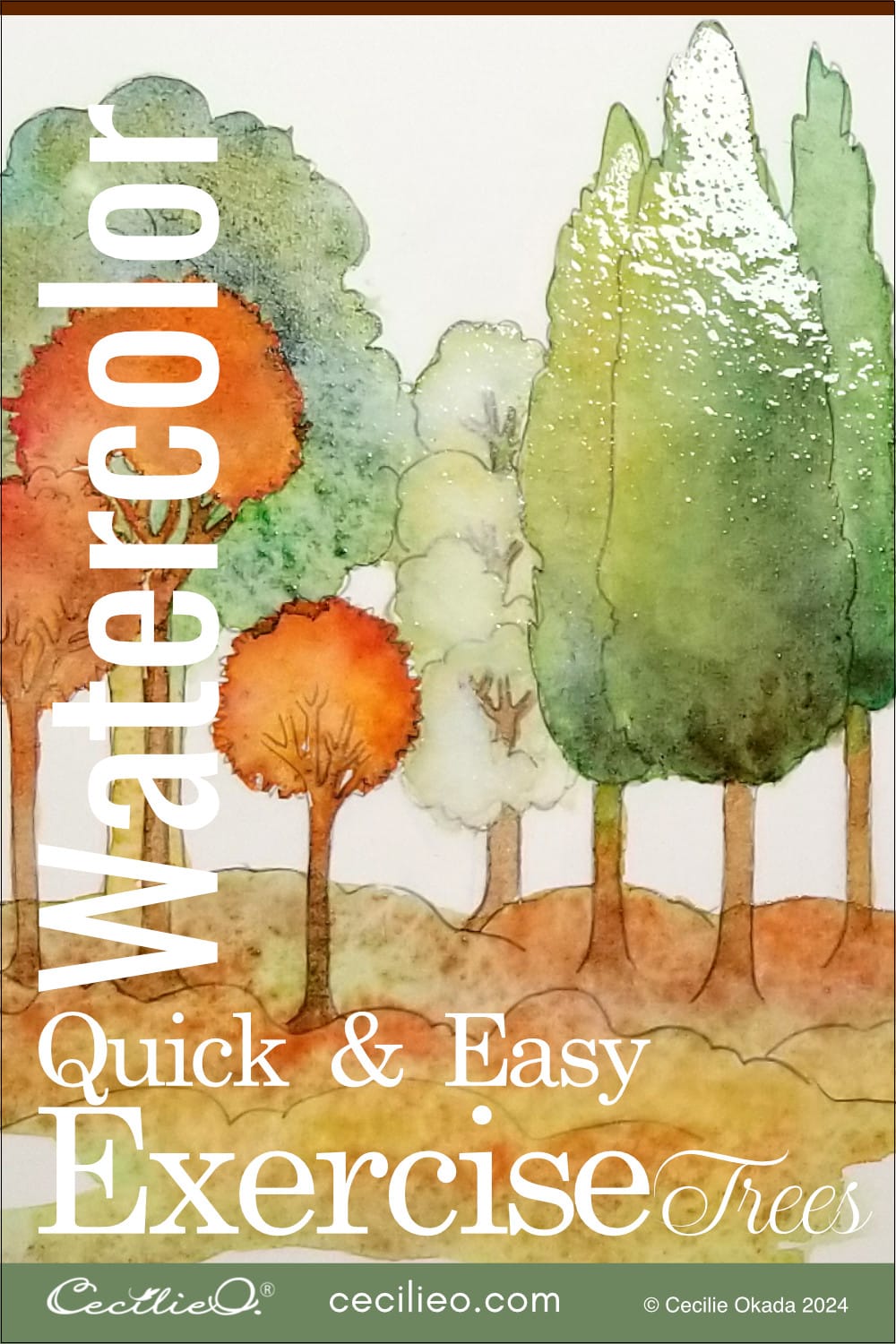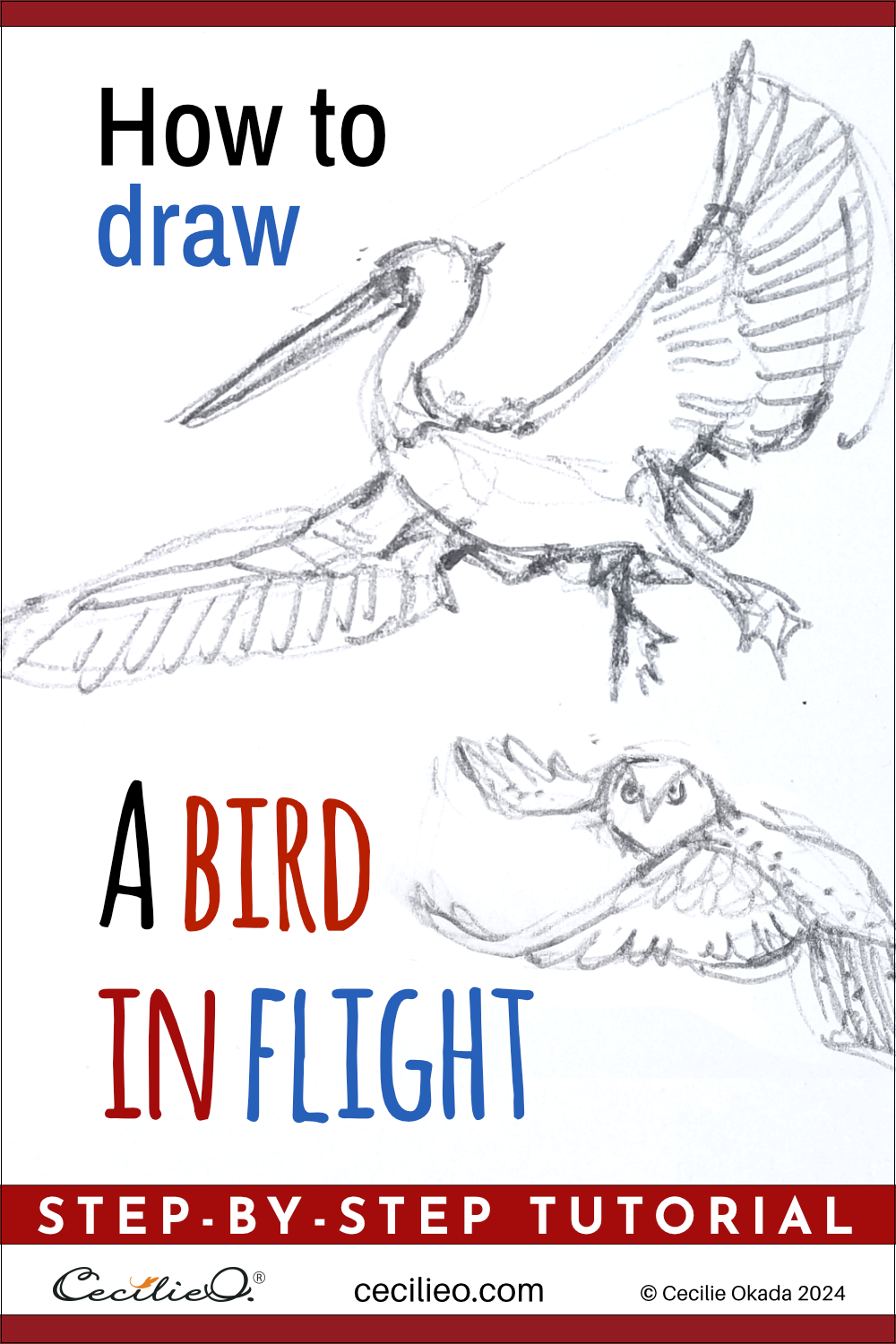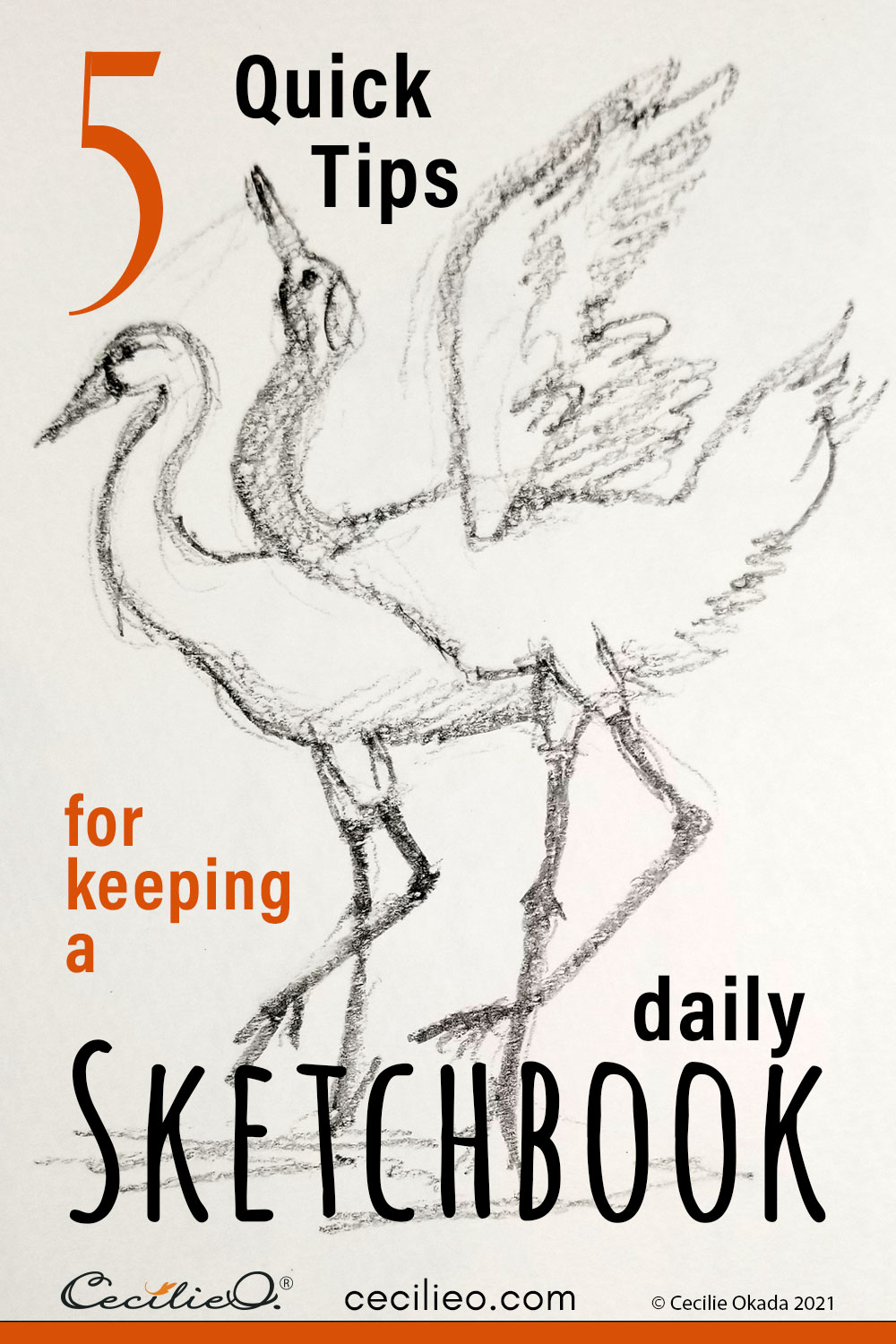
Estimated reading time: 7 minutes
There is nothing like keeping a daily sketchbook for improving artistic skills. It doesn’t matter what kind of art you’re creating. Daily drawing makes you a better artist. Period.
It’s a common misconception that creative inspiration is the key to great art. It’s not. It’s the daily grind that matters. Hone the craft and then soar.
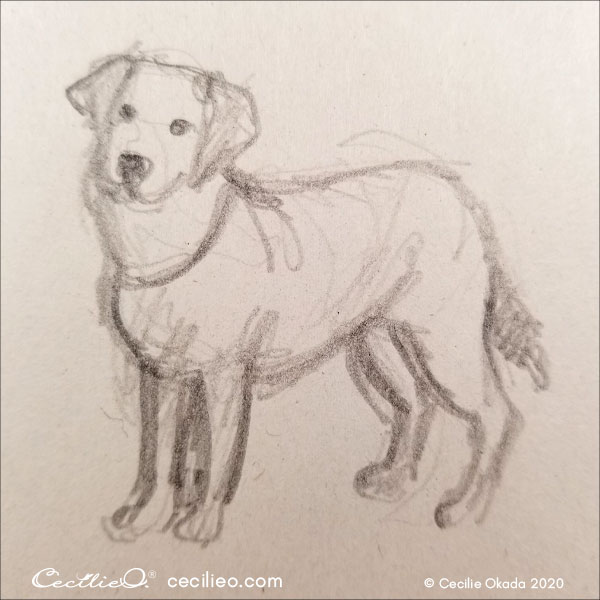
Picasso painted a lot of experimental art. Take a look at his earlier work, and you will see that he was a master of figurative art as well. He was exceptional in the art of drawing.
Every aspiring artist needs to practice fundamental drawing skills. Every experienced artist needs to do that too. If you create art as a hobby and don’t care too much about the outcome, you still need to practice drawing.
Why? It makes everything so much easier and so much more fun!
Tip # 1: Look 75% at your subject, 25% at the paper
Did you know that drawing is as much about looking at your subject as it is about controlling the pencil? The more agile your hand becomes, the easier it is to translate what you see onto paper.
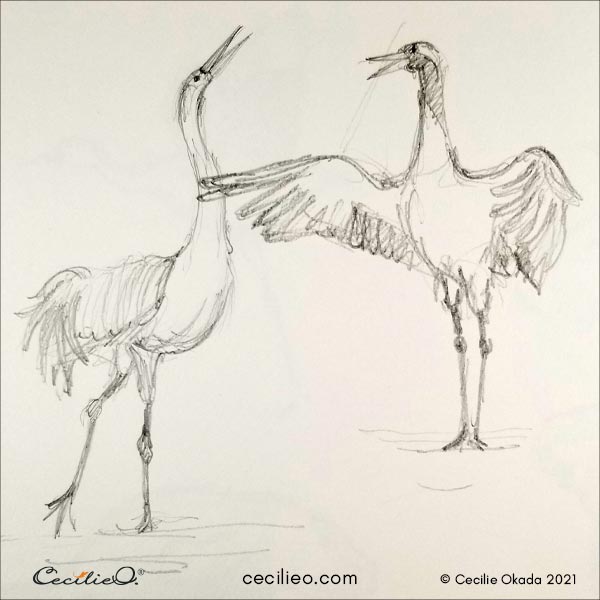
You will notice that when you draw daily, your hand becomes more and more nimble. Instead of stiff, halting movements, you swing the pencil with ease. Eye-hand coordination improves by the day when you draw regularly.
Mind you, it is just as easy to lose if you stop drawing for an extended period.
Tip# 2: Keep your sketchbook private
Keep your sketchbook to yourself. Nobody needs to see it. For every 10 drawings, there may be only one that you like. Or perhaps it takes 50 sketches to get one good.
This process of trial and error is your journey. It’s what it takes to develop drawing skills. But please, don’t take the good-bad drawing thing at face value. You’re probably your own worst critic.
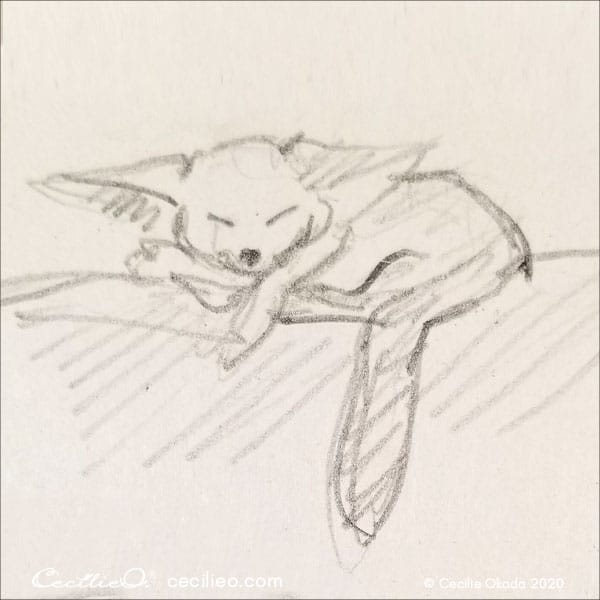
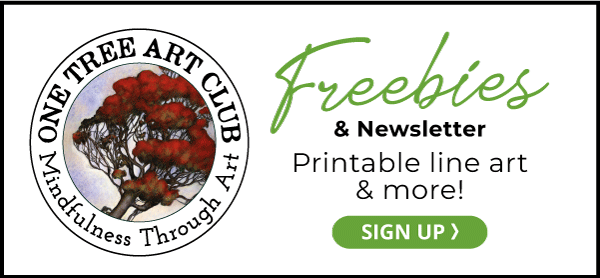
This blog has many watercolor & colored pencils tutorials. Most come with free line art.
Tip # 3: What to draw in your sketchbook
The what-to-draw conundrum is easy to solve.
If you’re a novice, you’re looking for easy things to draw. There is no such thing as easy things to draw. Unless you only want to draw leaves, lemons, and bananas. The selection of “easy” subjects is limited and you will run out of ideas pretty fast.
The truth is, only a sustained drawing practice will make anything at all easy to draw. Except that objects from nature beat manmade things. Straight lines, perfect manmade shapes, and perspective can be difficult.
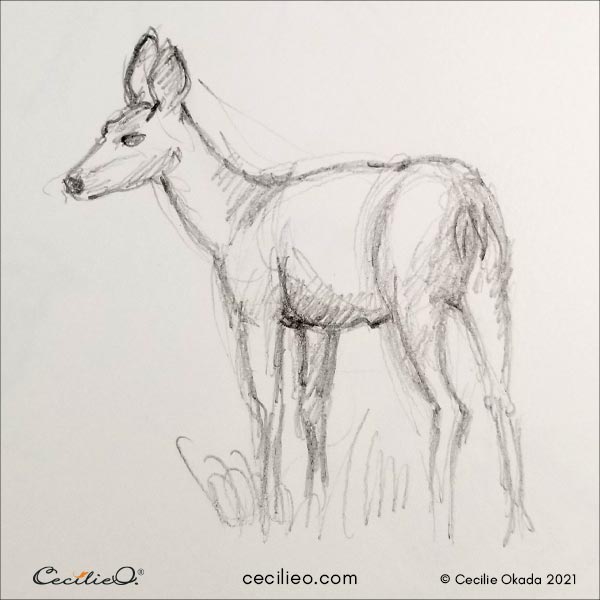
Nature is full of variety and imperfect, organic shapes. That means it takes a lot more for a drawing to look off-key. You have leeway. Besides, nature’s incredible diversity provides for endless things to draw.
Let’s list a few categories of potential things to draw.
Ocean: Boundless varieties of fish and sea creatures. Coral reef structures, shells, seaweed.
Land: Flowers, herbs, fruits, veggies, plants, trees. Rocks. Wild animals. Farm animals. Pets. Insects. Landscapes.
Air: Birds, butterflies, insects. Clouds, planets, galaxies.
Make a list of items from the ocean, land, and sky. Select three for each of the three categories. Seach online for photographs. And just like that, you have nine things to draw for your daily sketchbook.
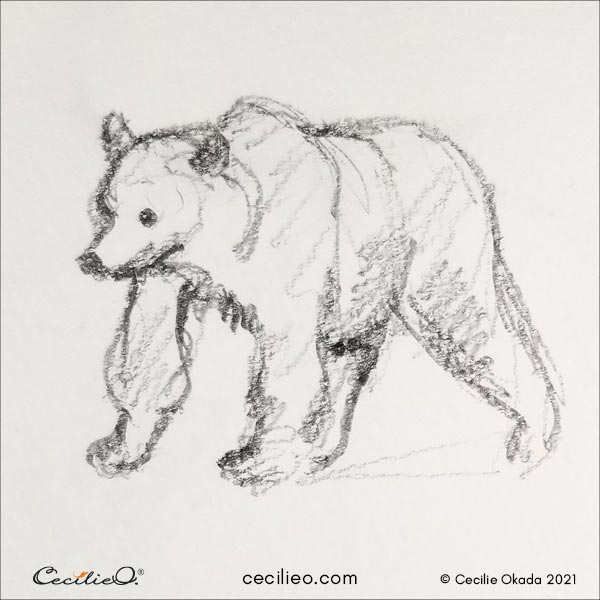
A warning: Pick the first photograph that looks ok. Don’t spend more than a few seconds to select. This is sketching. It should be fast and no fuss. It’s not a drawing for a watercolor painting.
Now you may think that all those nine items you have selected are still too hard.
Here’s my advice: Nothing is too hard to draw. It’s only hard if you worry about the result. Throw attachment to results out of the window. Just look at your subject and keep drawing. Draw the worst sketch in the world. Before you know it, you will smile.
Patience and persistence are all that matters.

Tip # 4: Practice freestyle drawing 15 minutes a day
There are many excellent drawing exercises out there. Don’t complicate things with this or that method. Draw in whatever way feels comfortable.
Let your hand roam freely over the paper as if you’re doing a freestyle dance. Draw lines that help gauge angles and shapes. Don’t worry about the number of lines you make. Don’t worry about shading or making anything beautiful.
Think of your hand like a dog on a leash. The dog owner wants to control the dog. But not you. You take off the leash and let the dog sniff around and run wild. What joy!
You can learn how to draw flowers by doing the simple exercises in my book “How to Draw Flower Step by Step. 46 Easy Flower Designs.”
Tip # 5 Keep it simple
Any sketchbook will do. Any kind of paper will do. Any size paper will do.
If you’re drawing with pencils, B or 2B softness makes it easier.
You need an eraser. If you cut off a small piece, it will have a sharp edge that makes it easier to erase small, annoying parts of your sketch.
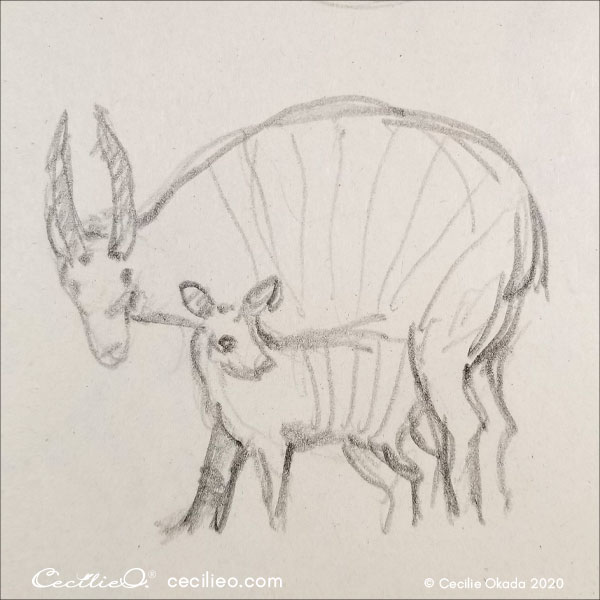
It helps a lot to place your sketchbook on a tilted board. Why?
Drawing on a flat angle distorts your drawing. Hold it up vertically, and you’ll see what I mean.
You can make a homemade, tilted drawing board. Put a book in a leaning position on a small box or another book. Make sure it doesn’t slide off so that it remains a stable surface for your sketchbook.
You can also use a clipboard in the same way. It makes an excellent hard surface, tilted drawing board.
If you’re sketching when you’re out and about, that’s a different matter. Do whatever feels natural.
Everybody can draw
Drawing is not like music. If you’re unable to distinguish notes it is impossible to pursue music.
If you can hold a pencil, you can draw.
Let me explain this point of view in an unorthodox manner.
Here in Japan, 99% of the population can write (draw!) 2000 Chinese characters, Kanji. That’s 2000 highly intricate symbols drawn from memory. Many people know a few thousand more. People who write in Japanese would never think of it as drawing.
But to me, that makes a whole nation of people drawing complex things. Those that excel at calligraphy, Shūji, are considered great artists.
The point is, anyone who sets out to draw what they see, can develop excellent drawing skills.
Talent is overrated.
